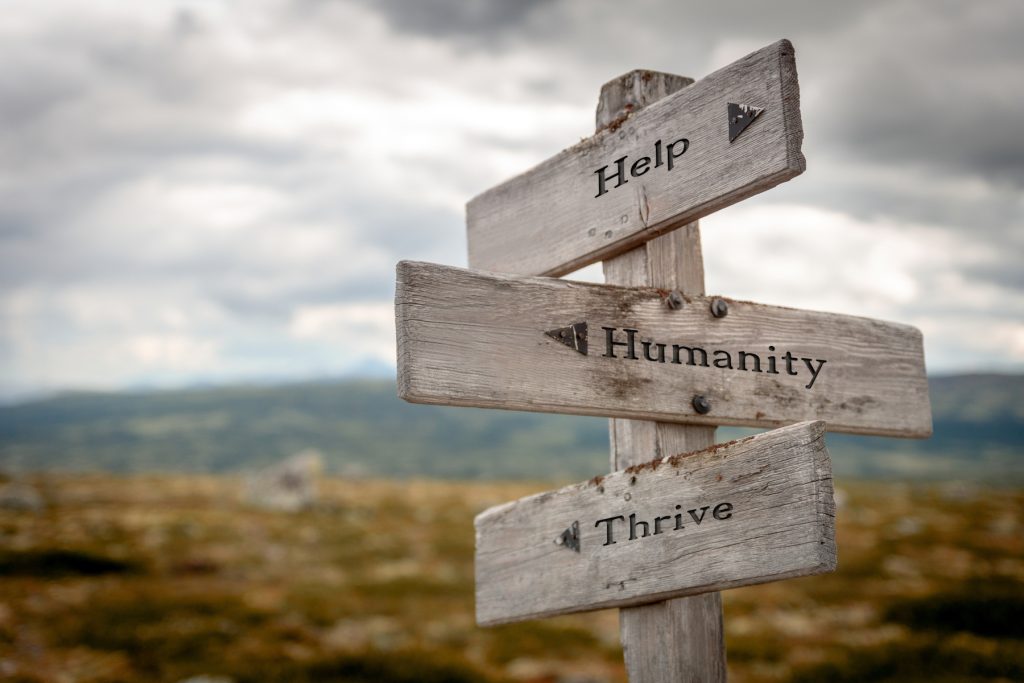
So you want to paint?
It doesn’t matter how much experience you have. If you want to paint, go with the feeling of that desire. Do not let your mind convince you of all the reasons why you shouldn’t or can’t paint so that you never even pick up that brush. It is easier to paint a good picture than a bad one. The challenge is in having the will to go for it.
Start with a work on paper, not canvas.
Work your way up to canvas as it’s a whole different animal and experience. It’s less traumatic to botch a work on paper than canvas, and the creative process does include botching now and then. Paper makes for an easier testing ground, and is less expensive. The use of the brush is also very different on paper than on canvas. Working with a brush and the fluidity of water is a nice gentle approach to painting. It will teach you a great deal before you move on to the thicker, denser paints. I worked in both watercolor and oil in art school, but chose to work in acrylics on paper for many years afterwards. I love the fluidity and flow of water in painting. I chose acrylics over watercolor because I liked the density of acrylics when mixed with water compared to the thinner watercolors. They make now, however, some really electric colors in watercolor that I just can’t match in acrylic; so sometimes I use those to really pop color. I especially love the spontaneity and ability to complete a painting in one sitting as opposed to weeks completing an oil painting. I never returned to oil until I discovered aqua oils eight years ago. I couldn’t resist using them knowing I could avoid the offensive smell of oil and turpentine, and simply mix them with water and a water based linseed oil. Finally, after more than twenty years out of art school, I could return to oil combined with my love of water.
Landscape paintings are wonderful for many reasons.
They connect us to nature in a deeper way through our visual studies, and they bring the beauty of nature indoors. When you really start to “see” nature, it will have many gifts for you. The trick is in actually seeing what you want to create because it is harder to see than it is to creatively express what you see. Your job, before you even pick up the brush, is to really “see” what is in front of you. You want to see the colors, the flow of shapes, the perspective, the lines, the composition and allow this visual to translate into a feeling for what you see. This is how you will infuse your landscape painting with your own energy and interpretation that is unique to who you are and how you live. When I am really seeing what is laid out before me in nature, it often locks into my visual brain where it is vividly stored until I am ready to recall it. Sometimes I have to sketch it for fear of losing or forgetting what I am seeing. I have found that my best paintings result from those times I am able to effortlessly lock in a powerful vision of what I am seeing, and often have no sketches. And I have carried stored visions for years before they have manifested as paintings. The art of seeing comes with time and practice, and is a necessary prerequisite to the eventual art of expression.
Nature is constantly changing with a dynamic energy.
The sky that is bright and cloud free suddenly becomes dark and foreboding; the leaves and grasses that were peacefully glowing in the evening light start dancing wildly in the wind; or the soft, muted colors of the fields quickly become bold and daring. Look for the shapes and the energy in the landscape that appeal to your eye and senses. A pleasing sensation is a sign guiding you to expression. A dynamic expression has complexity and depth; it is not flat and boring. You are looking for a composition that has movement even though it may be still, perspective that invites you into the landscape, intrigue of subject matter that reflects your unique vision and color that speaks to all the senses. Less is more, keep it simple. It can be complex yet still simple. Do not make it complicated and busy. Train your eye to see everything that is before you; scan the horizon and take in the colors, the shapes, the movement and the mood. Painting results from both seeing and feeling. This is the foundational work to create a beautiful landscape painting.
Sketch loosely what you have seen on a nice piece of Arches watercolor paper, smooth or rough.
Use a light drawing pencil, such as a #2 Hard. Do your sketch quickly, but obtain the flow of your desired composition.You are going to create a painting, not a drawing, so detail is not important. Get the basic shapes along with the positioning of everything in relation to one another. Now put your acrylic paints on a plate, mix colors you have seen and leave some of those pure and straight from the tube. Use a fair amount of water to get the first layers on, and cover the whole paper. Then you will go back in, and start to build the image with layers of more colors. When using acrylics on paper like watercolor, you want to work from light to dark. It is easy to keep darkening colors, and harder to lighten colors that have gotten too dark. This is when colors get muddy, and you want your colors to stay pure and bold when going darker. You are wanting to create depth with purity of color. Mix white, brown or black into your colors sparingly, and only when needed for a desired effect. Listen to the colors, and let them do the talking.
Color is full of the most possibilities in its spectrum that is made infinite by the mixing of colors.
Buy yourself a color wheel if you are new to mixing colors as you want to learn, and master, the art of color. It will call you to develop a sense and sensitivity to mixing the perfect shades. When it comes to creating the brilliancy of your painting, it is in the opposition of cool colors with warm colors, and the subdued colors with bright colors. There is nothing like a pale, soft gray opposing a lemon yellow and a beautiful, rich violet. The secret to capturing the sensation of light is in the use of color. Painters who are masters of light are also masters of color.
See the landscape before you, see the colors that speak to you and let them express your vision. Your beautiful landscape painting will reflect all the beauty you have inside that can see and appreciate all the beauty outside and around you.






